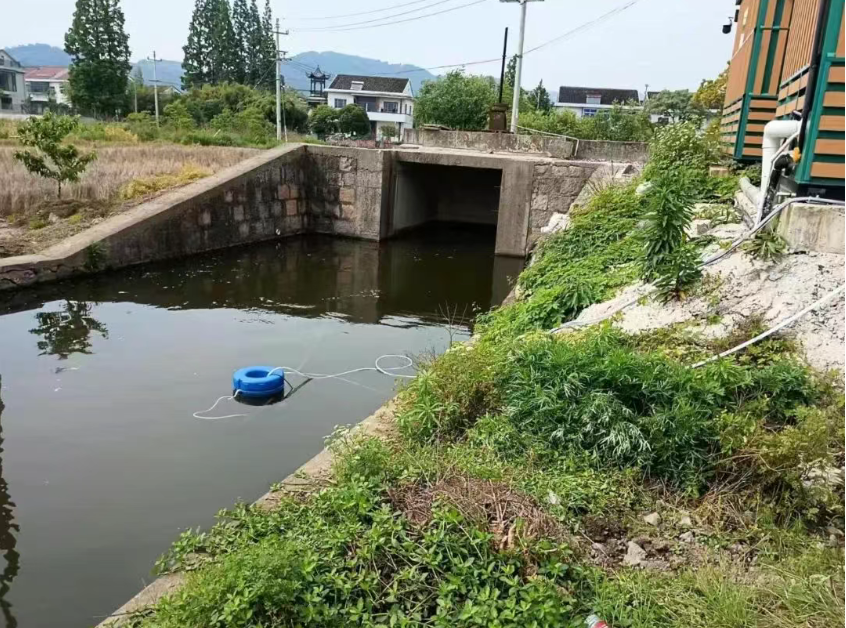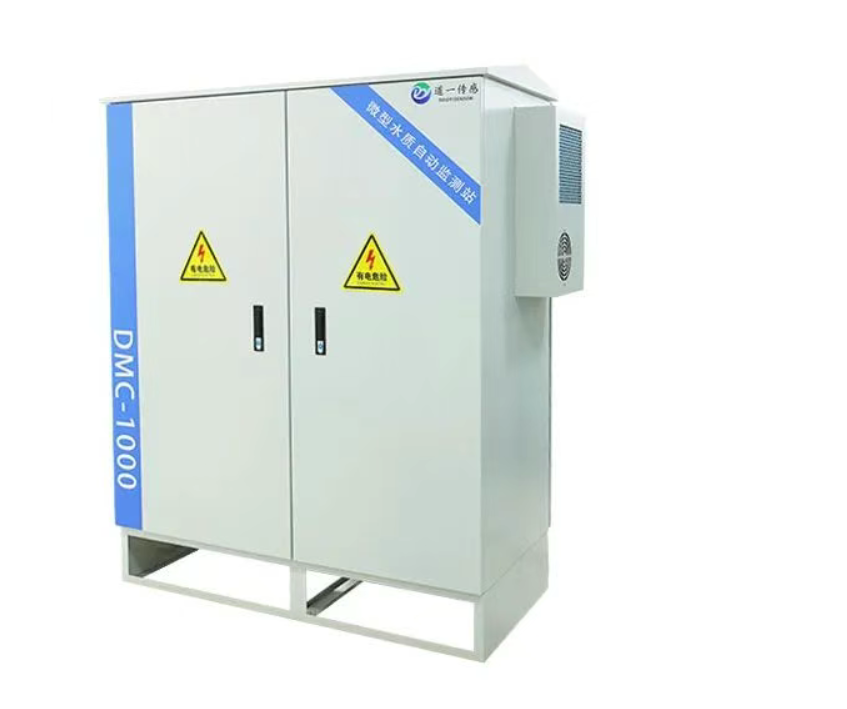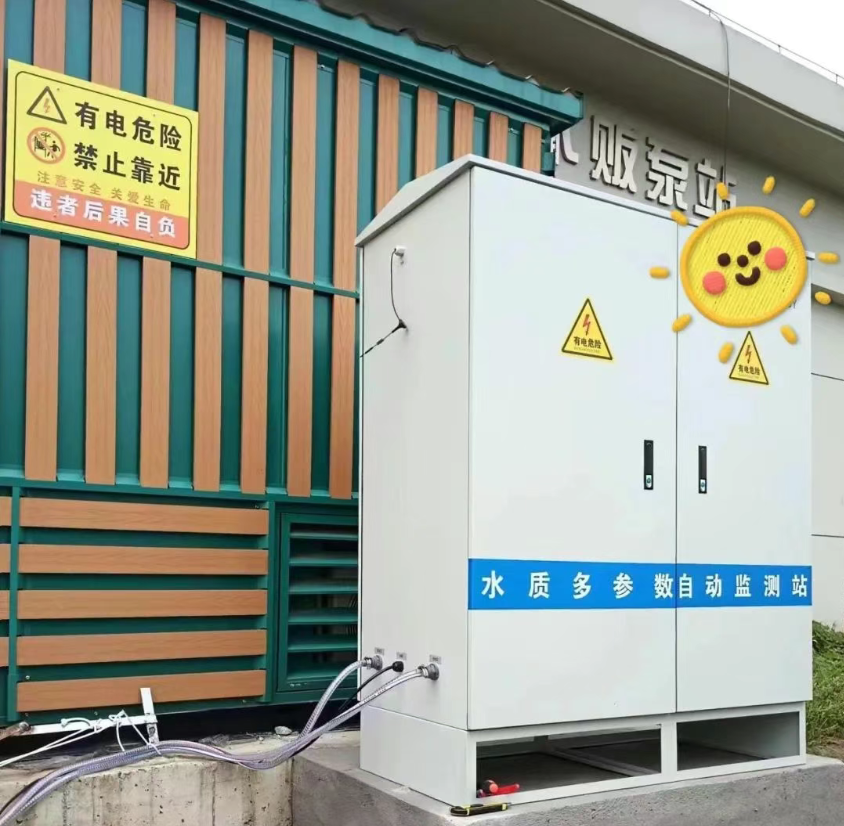With the accelerating pace of industrialization and urbanization, water pollution has gradually become a
major hidden danger affecting the ecological environment and human health. Clear water sources and
emerald green riverbanks, once commonplace natural landscapes, have now become increasingly precious.
To actively address this challenge; Daoyi Sensing is committed to developing intelligent monitoring devices
and water quality sensors, collaborating with other units and providing DMC-1000 intelligent water quality
monitoring base stations placed near dams for real-time monitoring of water quality. We strive to inject new
vitality into the protection of green mountains and rivers through technological means.
 This dam water quality monitoring base station integrates excellent sensing technology, wireless communication
This dam water quality monitoring base station integrates excellent sensing technology, wireless communication
technology, and data processing technology, which can monitor water quality indicators in real time, including
temperature, pH value, dissolved oxygen, turbidity, conductivity, total phosphorus, total nitrogen, etc., and
transmit the data to the cloud platform for analysis and processing. In this way, relevant departments can
timely obtain water quality data, grasp the changes in water quality in the water source area, and provide
scientific basis and follow-up solutions for water source protection.
 1,The warning function reduces the safety risk of dams. When the water quality multi parameter automatic
1,The warning function reduces the safety risk of dams. When the water quality multi parameter automatic
monitoring station detects that certain indicators exceed the preset safety threshold, it will automatically issue
a warning signal. This is crucial for the safety management of dams. On the one hand, warning signals can
timely remind management personnel to pay attention to the operation status of dams and avoid potential
safety hazards; On the other hand, through real-time monitoring data, managers can analyze the potential
impact of water quality changes on dams and take corresponding measures to prevent them. 2,The application
of intelligent monitoring technology in water quality automatic monitoring base stations adopts intelligent
monitoring technology to achieve automated data collection, transmission, and analysis. This water quality
automatic monitoring base station can not only monitor changes in water quality in real time, but also send
alarm instructions through real-time monitoring, providing a safe and effective monitoring environment for
water quality management. At the same time, it helps decision-makers to more accurately grasp the key and
difficult points of water quality management, formulate more scientific and reasonable environmental protection
measures, and effectively improve the efficiency and quality of water quality management. 3กข The advantage
of placing water quality monitoring stations on river embankments is that river embankments are an important
component of the river, with a superior location that facilitates the installation and maintenance of water quality
monitoring stations. Combining multi parameter automatic monitoring stations for water quality with information
technology can achieve remote monitoring, data sharing, and other functions, improving the informatization level
of water quality monitoring and dam management.
 In summary, placing multi parameter automatic monitoring stations for water quality near dams has
In summary, placing multi parameter automatic monitoring stations for water quality near dams has
significant advantages. Through the application of real-time monitoring, warning functions, long-term
data accumulation, and information construction, not only can the accuracy and timeliness of water
quality monitoring be improved, but also strong guarantees can be provided for the safe operation of
dams. In the future, with the continuous advancement of technology and the expansion of application
fields, Daoyi will also keep up with the pace and continue to develop and produce intelligent water quality
multi parameter automatic monitoring stations and other equipment, hoping to play a more important role
in environmental protection and water conservancy engineering management in the future.






